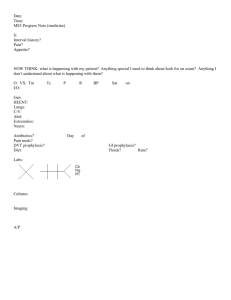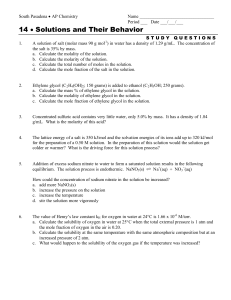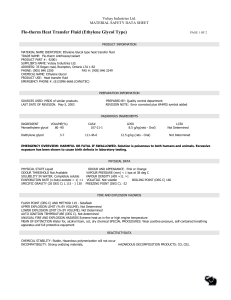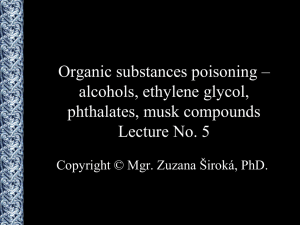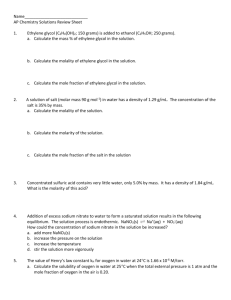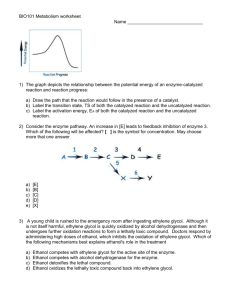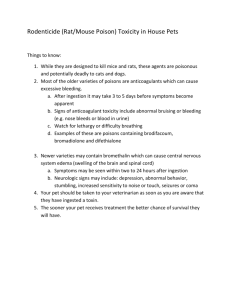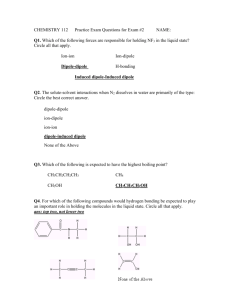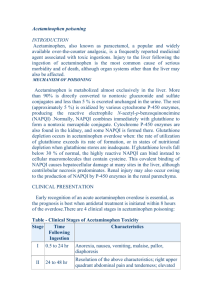volatile ingestion
advertisement
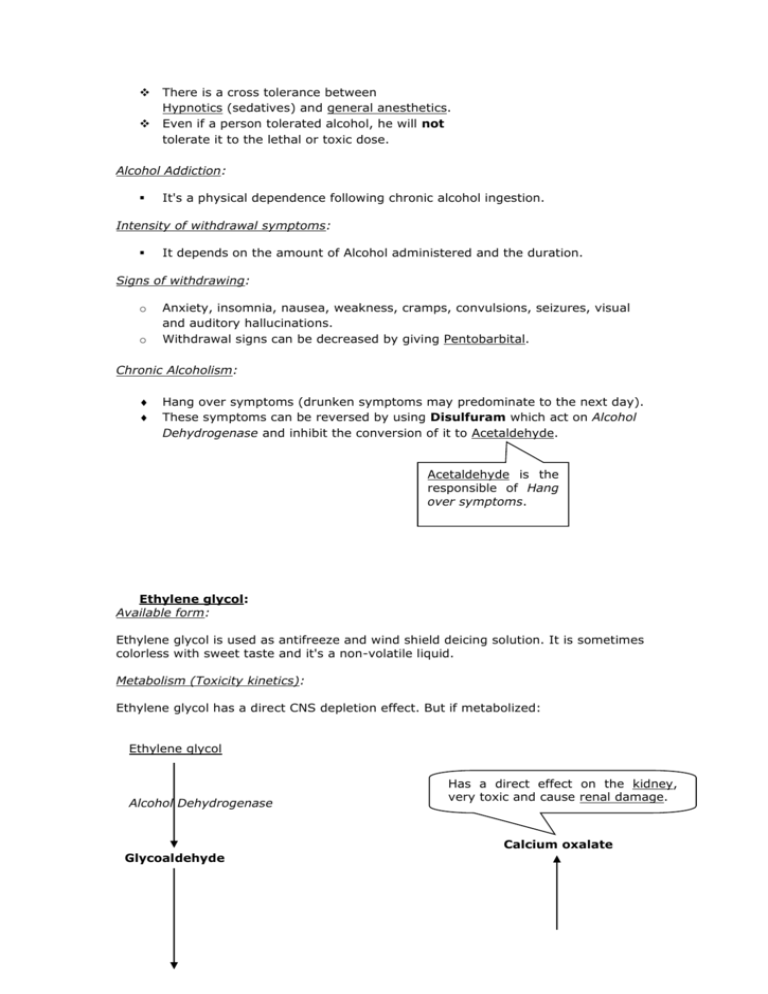
There is a cross tolerance between Hypnotics (sedatives) and general anesthetics. Even if a person tolerated alcohol, he will not tolerate it to the lethal or toxic dose. Alcohol Addiction: It's a physical dependence following chronic alcohol ingestion. Intensity of withdrawal symptoms: It depends on the amount of Alcohol administered and the duration. Signs of withdrawing: o o Anxiety, insomnia, nausea, weakness, cramps, convulsions, seizures, visual and auditory hallucinations. Withdrawal signs can be decreased by giving Pentobarbital. Chronic Alcoholism: Hang over symptoms (drunken symptoms may predominate to the next day). These symptoms can be reversed by using Disulfuram which act on Alcohol Dehydrogenase and inhibit the conversion of it to Acetaldehyde. Acetaldehyde is the responsible of Hang over symptoms. Ethylene glycol: Available form: Ethylene glycol is used as antifreeze and wind shield deicing solution. It is sometimes colorless with sweet taste and it's a non-volatile liquid. Metabolism (Toxicity kinetics): Ethylene glycol has a direct CNS depletion effect. But if metabolized: Ethylene glycol Alcohol Dehydrogenase Has a direct effect on the kidney, very toxic and cause renal damage. Calcium oxalate Glycoaldehyde Aldehyde Dehydrogenase Oxalic acid (Also cause acidosis) Glycolic acid Glycoxylic acid (also cause Acidosis) Formic acid High amount cause Acidosis. Signs and characteristics of toxicity: Toxicity of ethylene glycol is classified into three stages according to the time after ingestion (post ingestion time). Stage1: related to CNS (30 minutes - 12 hours after ingestion). Drunk. Nausea and vomiting. Metabolic acidosis. Muscle paralysis. Inhibition of tendon reflexes (may lead to convulsions and coma). Stage2: (12 - 24 hours after ingestion). Tachycardia. Mild hypertension. Takypneia. Congestive heart failure (CHF). Pulmonary edema. Renal failure. Stage3: (24 - 72 hours after ingestion). Flank pain. Costo vertebral angle tenderness (associated only with renal failure). Sudden distention of renal tubules and capsules. Acute tubular necrosis. Laboratory results: Metabolic acidosis (severe). Hypocalcaemia (due to the passage of calcium oxalate crystals from kidney to urine). Treatment: A. Gastric lavage is done if the ingestion time did not exceed 30 minutes. B. I.V. ethanol (antidote) is used when Femopizole is not available, ethanol will compete with ethylene glycol on the enzyme. Ethanol is given in the following conditions: 1) When ethylene glycol level is more than 20 mg/dl. 2) Suspicion of ingestion. 3) Anion gap metabolic acidosis combined with history of ingestion (regardless to the level). Ethanol doses: Maintenance dose: at least 100 mg/dl I.V. infusion should be maintained every 8 hours for 5 days. Loading dose: 7.5–10 ml/kg of the I.V. infusion over one hour and then followed by maintenance infusion. ► Infusion rate may increase if the patient is having Hemodialysis. C. Femoprizole (Antizole ®). I.V. contains: 10 % Ethanol. 5 % Dextrose. Water. It's an antidote which inhibit Alcohol Dehydrogenase enzyme, used in case of ethanol or ethylene glycol toxicity. Give pyridoxine and thiamine (I.V.) as daily co-factors for the enzymes that responsible for the conversion of Glycoxylic acid into non-oxalate metabolite. Methanol: (Wood Alcohol) Primary source: Distillation of wood. Available form: Antifreeze gasoline, wind shield washer and some sterno heat burners. Metabolism (toxicity kinetics): Methanol Alcohol Dehydrogenase
